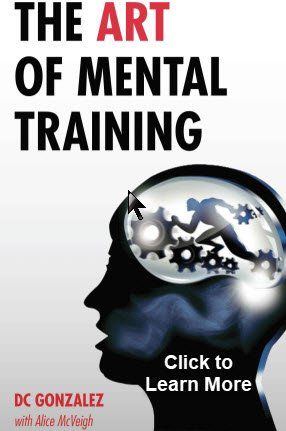DOG AGILITY COURSE MEMORIZATION
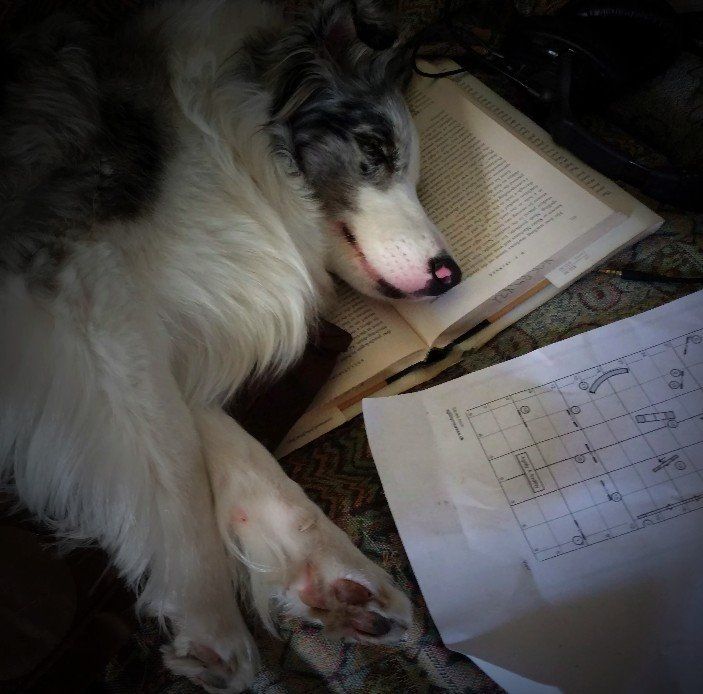
Tips for Memorizing Dog Agility Courses
- Say Affirmations & Visualize Success
- Arrive Early and Study Course Maps
- Walk the Course Properly Whenever Possible
- Use a Mental Toughness Program
- Think about and name techniques you plan to use at key parts of the course. This will add structure to the course and make it easy to remember.
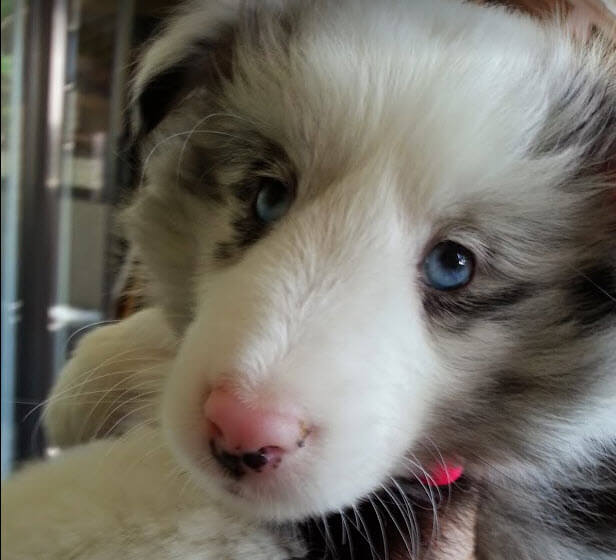
* Make the affirmation positive and in present tense.
* Consider adding your name as in "I, <insert your name> remember the course and ...."
* Say it with feeling and stress different words each time. I remember the course -- I remember the course.
- a better parking space,
- a better crating area, and
- you'll get more time to study those course maps!
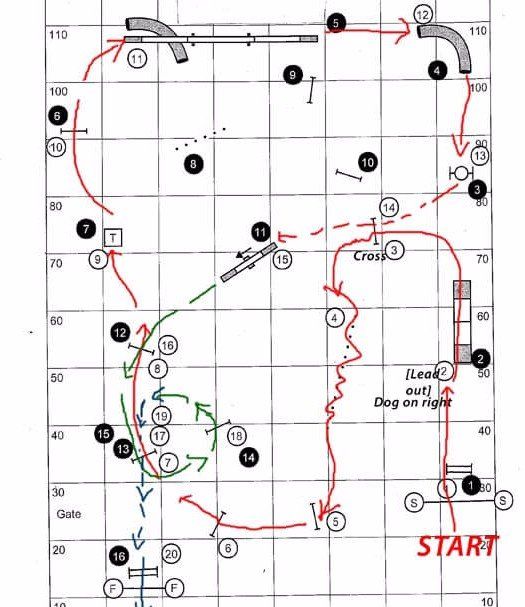
Recreate the Course. It's fun to recreate the course from memory using a magnetic course map maker. I have 2 of them, one is flat and the other 3-dimensional.
You just grab one of the obstacles (which has a magnetic on its underside) and plop it on a metalic whiteboard.) You can then easily draw and make notes on the white board and photograph it for posterity.
You could also just draw the course on the whiteboard without using magnetic obstacles. I use both methods at different times.
Coaches Eye. Coaches Eye was an inexpensive app for iPhone and Android. Using this method, you doulc take a 1 second video of the course map. Then you could record over the existing video -- drawing with your finger and talking your way through the course. Once the recording was made, you can replay it several times. I've found that my mind started drawing the lines automatically even when the video was not playing.
But Coaches Eye has been discontinued. However there are lots of alternatives. Click the link below. (The link below will open in a new Window.)
https://alternativeto.net/software/coach-s-eye/?license=free
Sometimes it just seems to happen. People jump in and start walking. I asked a judge about this once and the judge was rather unclear, "Oh, I think I told somebody there was open walking in the jumpers ring."
I suggest this: keep an eye out for early, open walking that may be happening and join in. Or if it looks like a ring is setup and available, just start walking it yourself. The worst that can happen is that you will be yelled at: "Hey you are not supposed to be walking now." If that happens, just apologize and leave quietly.
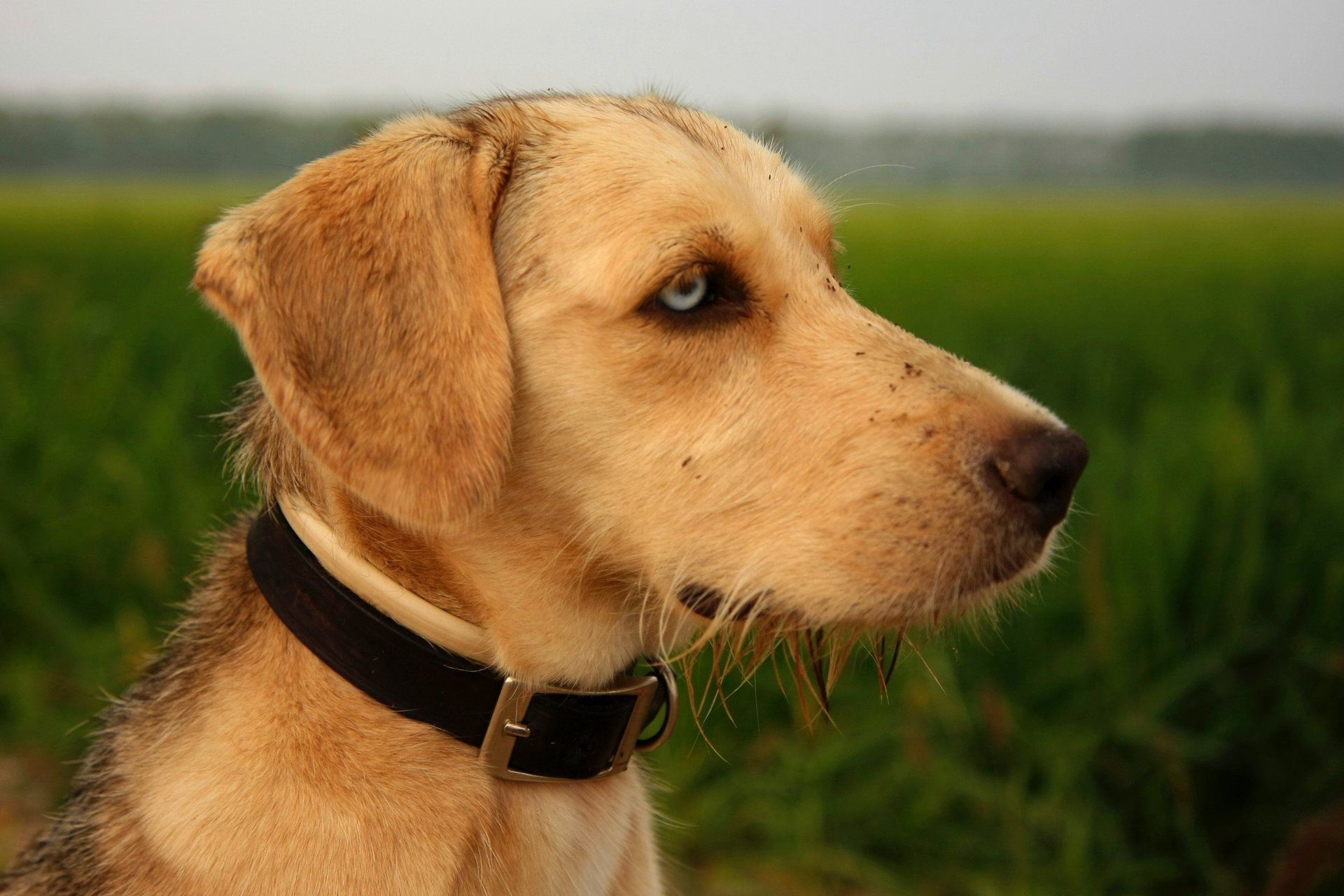
- Long lead out.
- Front Cross at #2 (Change from Right to Left hand)
- Right Curve to Weave Poles with Rear Cross
- Weave Pole Grab and Pivot
- Independent Weaves to Allow Left Side Leading
- Front Cross to Reverse Direction
- Left Curve to Front Cross for Left Side Leading
- Diagonal Run to Serpentine Near End of Course
- Tandem Turn to Finish Line
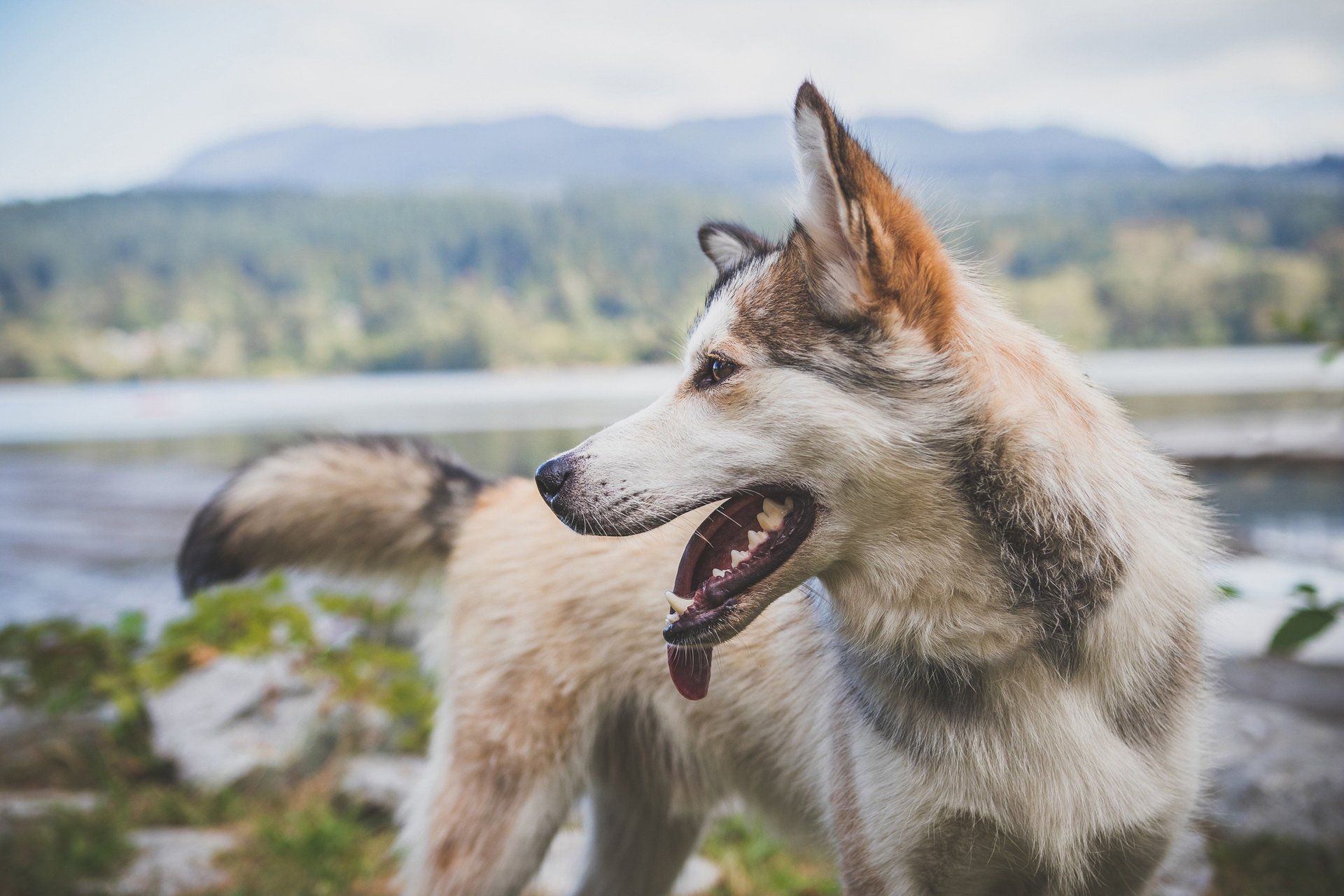
More Tips on Memorizing Courses



